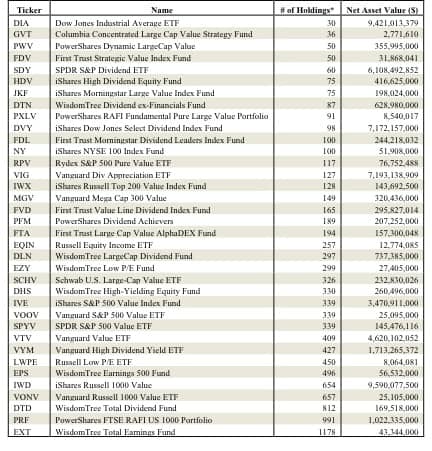Feels Like 1999 All Over Again
As an adult, Halloween tends not to be that scary for me usually.
But after last week’s stock market rally in the face of the deteriorating situation in Europe and the rest of the world, I am afraid…for the stock market and am reminded of fall/winter 1999.
David Trainer, Founder & CEO



